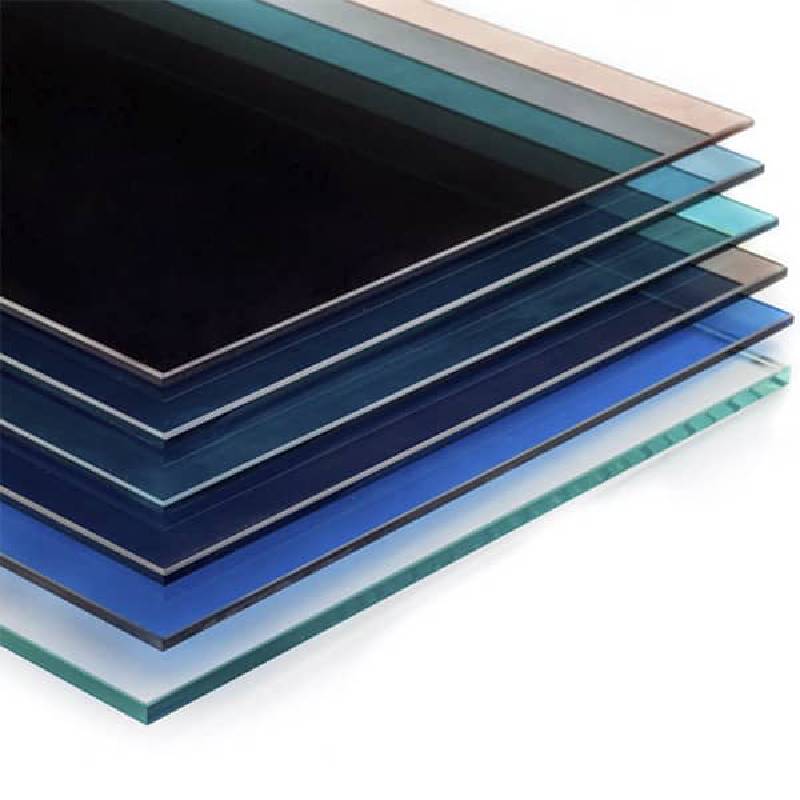

Understanding the Price of Acid Etched Glass Factors and Trends
Acid etched glass is a popular choice for both commercial and residential applications, praised for its aesthetic appeal and functional properties. The unique frosted finish achieved through the acid etching process offers a blend of privacy and elegance, making it ideal for everything from bathroom fixtures to elegant office partitions. However, the price of acid etched glass can vary significantly based on several factors.
1. Production Process
The method of producing acid etched glass involves using acidic substances to create a matte finish on the surface of the glass. This meticulous process requires skilled labor and specific safety precautions to handle the chemicals safely. Consequently, the cost of labor and materials used directly impacts the final price of the product. Manufacturers who invest in high-quality equipment and safety protocols may charge more for their glass.
2. Material Quality
The quality of the glass itself is a critical determinant in pricing. Standard or lower-grade glass will typically be less expensive than premium materials such as low-iron glass or laminated glass. Low-iron glass, for instance, offers enhanced clarity with less green tint, resulting in a clearer appearance when acid etched. This level of quality comes at a higher price, but many consumers are willing to invest in better materials for a superior aesthetic and durability.

Customization can significantly affect the price of acid etched glass. Simple designs and standard sizes are generally less expensive. However, intricate patterns, logos, or custom shapes can drive the costs up considerably. The more complicated the design, the more time and resources are required to produce the final product. Consumers should consider their budget and the importance of custom design when shopping for acid etched glass.
4. Installation Costs
In addition to the price of the glass itself, installation costs can vary depending on the complexity of the project. For instance, a straightforward installation may incur minimal costs, while custom framing or installation in challenging locations can elevate expenses. Working with experienced professionals for installation might come with a higher initial cost but can ensure quality and reduce the potential for future repairs or replacements.
5. Market Trends
The demand for acid etched glass has surged in recent years, spurred on by trends in modern architecture and interior design favoring minimalist aesthetics. Increased demand can lead to fluctuating prices, especially during periods of high consumer interest or material shortages. Buyers should keep an eye on market trends, as prices can vary seasonally or due to shifts in supply chain dynamics.
Conclusion
When considering acid etched glass, it is essential to factor in all the elements that influence its price, including production methods, material quality, customization options, installation needs, and market trends. By understanding these factors, consumers can make informed decisions that align with their design vision and budget. Ultimately, investing in acid etched glass can enhance both the functionality and beauty of a space, proving to be worthwhile in the long run.